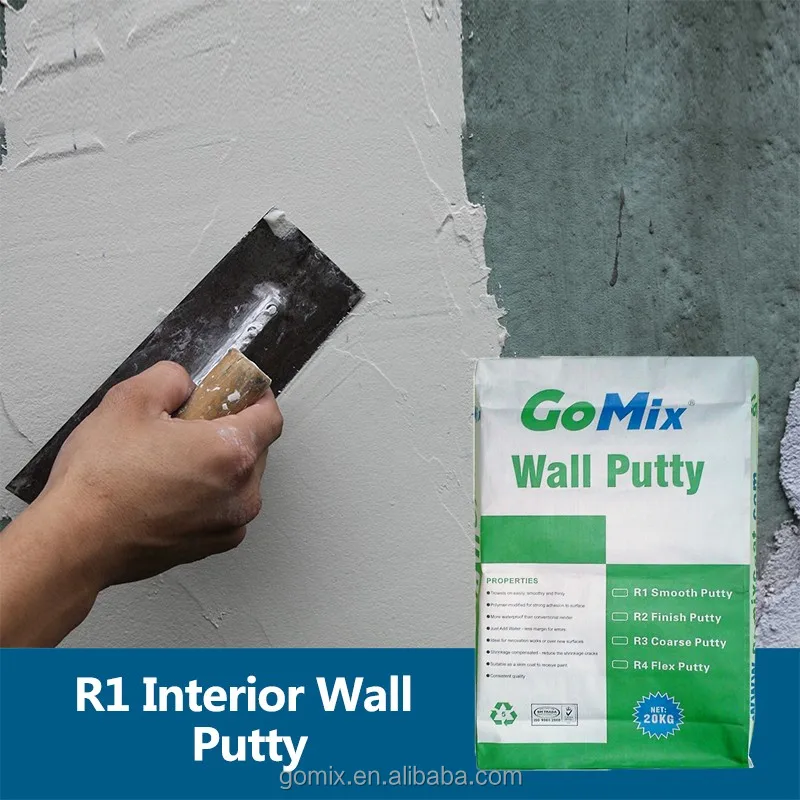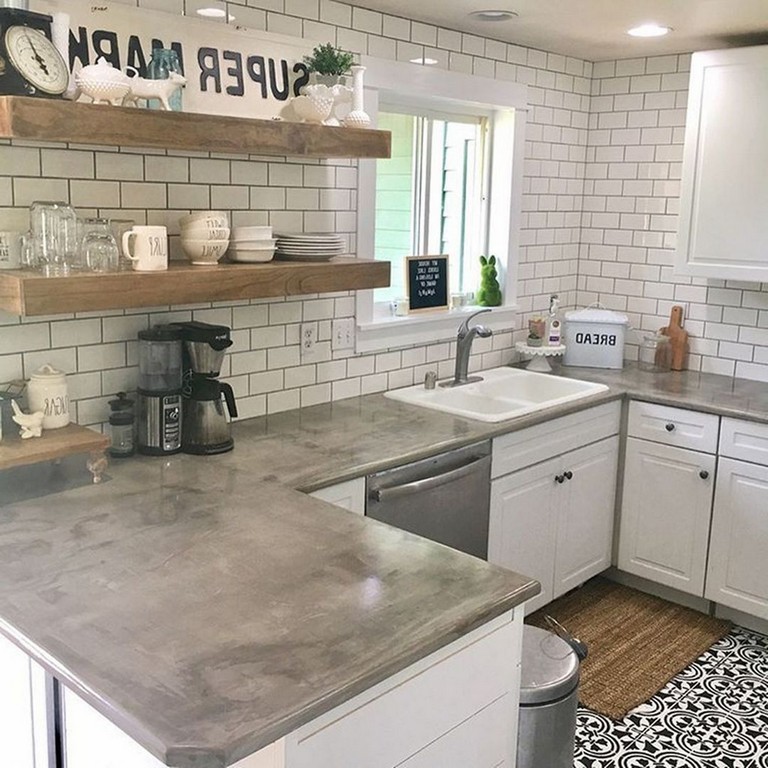


Don’t get me wrong, I’m happy that texture is not in my face every time I walk out of the kitchen, but we’ll be saving our pennies to hire a pro to remove and replace the drywall for the other rooms. This was a messy and time-intensive project. Compound that is too thick will be difficult to spread.If you’ve been following the progress of removing the wall texture in our small hallway, you’ve probably figure out by now that the remaining texture in the house (in the downstairs bathroom and the den) will be professionally removed. If the mixture is too thin, it will run down the wall. Use a broomstick or a garden trowel to stir the water and powder together until it attains a consistency of soft ice cream. Mix the setting-type compound according to the package directions. The shellac will seal the plaster and keep it from absorbing water from the compound. You can use the setting-type compound to fill large cracks and holes but first paint any bare, unpainted areas of plaster with shellac.
Cost to skim coat walls free#
Start by making sure the wall surfaces are clean and free of grease and dust. You will also need a large five-gallon plastic bucket to mix the setting-type compound. You use it to hold the compound as you work around the room. A useful, but not necessary, tool is a hawk (see illustration). A 6-inch-wide and 10-inch-wide taping knife will be sufficient, unless you need to work in a few narrow areas, then you may need a knife with a 3-inch blade. You will only need a few simple tools to skim-coat. Once the base coat is on the wall, however, you can use ready-mix joint compound for the second and third layers. Air-drying mixtures, like ready-mix joint compound, can weaken a paint bond causing the paint and skim-coating to fall away eventually. It is important to use setting-type compound for the first layer or base coat, because it dries by chemical action that will not affect any paint that is on the wall. Consult the package specifications for information on coverage and also to see if the compound can be sanded after it dries - some compounds set rock-hard and cannot be sanded. It is available in 18- or 20-pound bags in powdered form and must be mixed with water. For the first coating, use setting-type compound. Skim-coating is done with drywall compound: a white, pastelike substance that is applied to drywall to cover joints, cracks, and nailheads. You will need to collect your tools and materials first.
Cost to skim coat walls crack#
If the walls are firm with perhaps an occasional crack or hole, then you can skim-coat them. The remedy here is not a light surface coating, but replacing the loose sections with drywall. In this case it is only a matter of time before the plaster cracks and drops off in chunks.

If the surface gives under slight pressure, it may mean that the plaster has broken loose from the lath keys behind. Test the condition of the wall first by pushing against it with your fingertips. Skim-coating can rescue a wall with numerous hairline cracks but cannot help a wall if the plaster is loose or unsound. The job, however, is time-consuming it will take three four days to skim-coat the walls of an average-sized room. It is a matter of troweling on the coating, then spreading it thin with a wide, drywall taping knife. Skim-coating does not require any arcane skills. Skim-coating can also be used to smooth a textured surface.

The layers are so thin that even after applying several coats, the total thickness of all the layers together is less than an eighth of an inch. Skim-coating is the technique of applying thin layers of gypsum-based joint compound over the entire surface. The best way to restore the wall surface is by skim-coating it. PLASTER walls frequently develop a network of hairline cracks that are too narrow to be filled with patching plaster, yet they cannot be covered with paint.


 0 kommentar(er)
0 kommentar(er)
